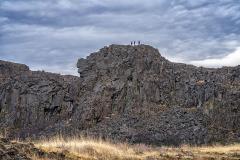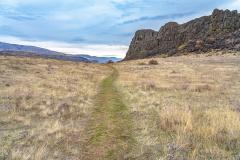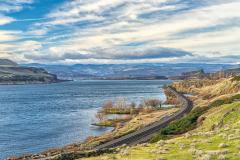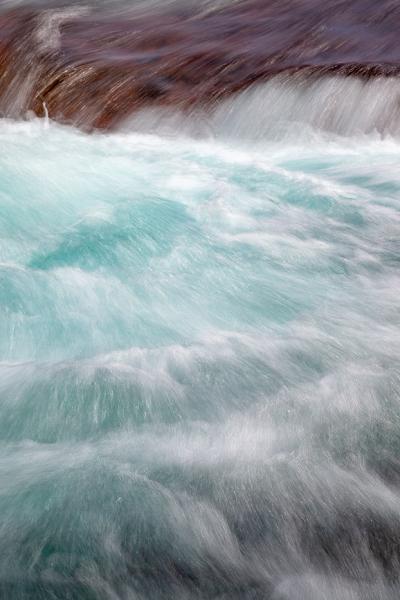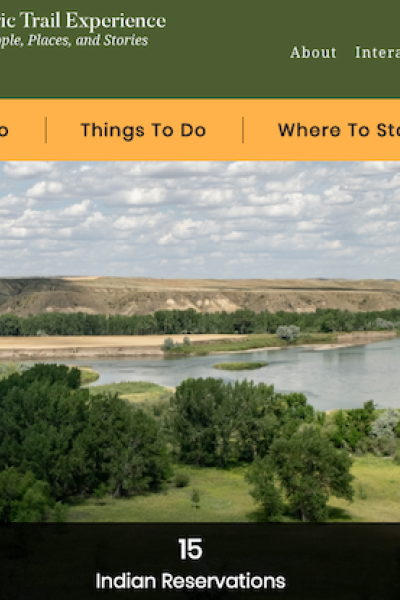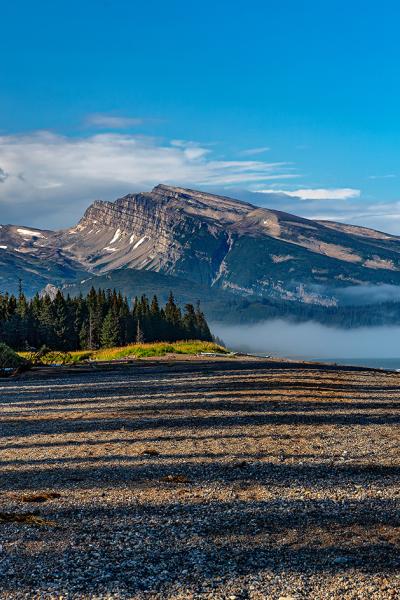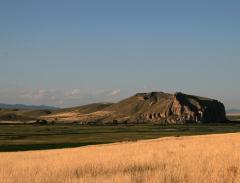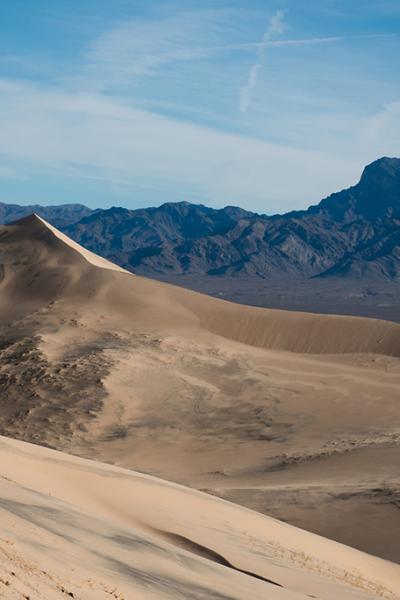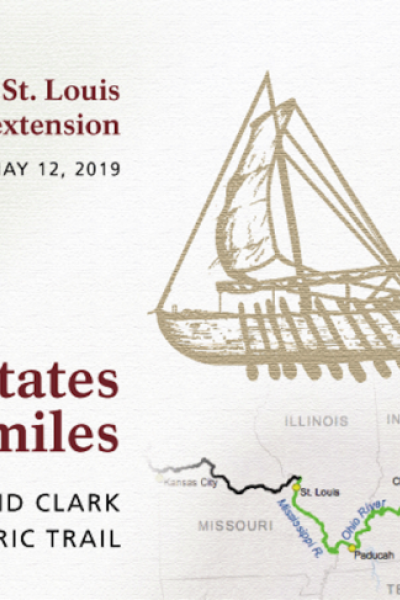A Basalt Butte With A View: Horsethief Butte, Columbia Hills Historical State Park, Lewis And Clark National Historic Trail
Horsethief Butte is a basalt outcrop popular with climbers and hikers. This butte was so named by workers developing the site because the area landscape looked much like the horsethief hideouts popular in western movies. During autumn 1805, Lewis and Clark and their Corps of Discovery camped near this outcrop during their trek along the Columbia River toward the Pacific Ocean.

